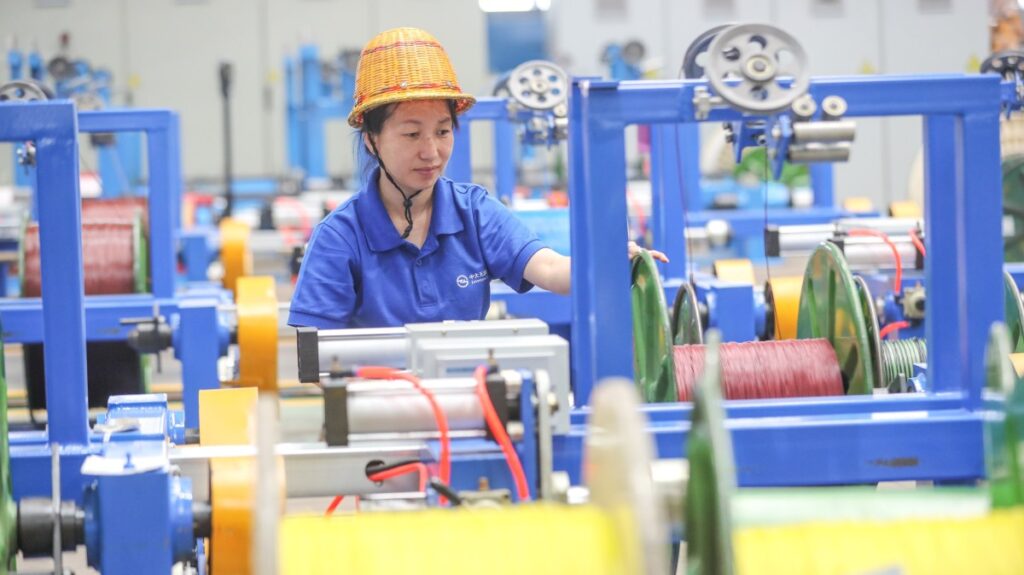China’s economic woes continue to deepen as industrial output falls short of expectations and the property sector struggles to regain its footing. While retail sales managed to surpass forecasts thanks to a holiday boost, other key indicators paint a bleak picture for the world’s second largest economy.
The latest data released by the National Bureau of Statistics revealed that industrial output grew by a mere 5.6 per cent in May, a significant drop from the 6.7 per cent expansion seen in April. Analysts had anticipated a more robust 6 per cent increase, underscoring the challenges facing China’s manufacturing sector.
Additionally, fixed-asset investment only rose by 4 per cent in the first five months of the year, falling short of expectations. This tepid growth suggests that businesses are hesitant to invest in new projects, signaling a lack of confidence in the economy’s recovery.
The sluggish performance of China’s economy post-pandemic has raised concerns about the government’s ability to stimulate growth. With key sectors like manufacturing and property struggling, policymakers may need to implement additional measures to bolster economic activity.
Historical data indicates that China’s economy has experienced periods of rapid expansion followed by periods of stagnation. The current downturn may be a reflection of underlying structural weaknesses, such as overreliance on investment and export-led growth.
As China grapples with these challenges, policymakers will need to address systemic issues in order to ensure a sustainable and stable economic recovery. Failure to do so could have far-reaching implications for both China and the global economy.
